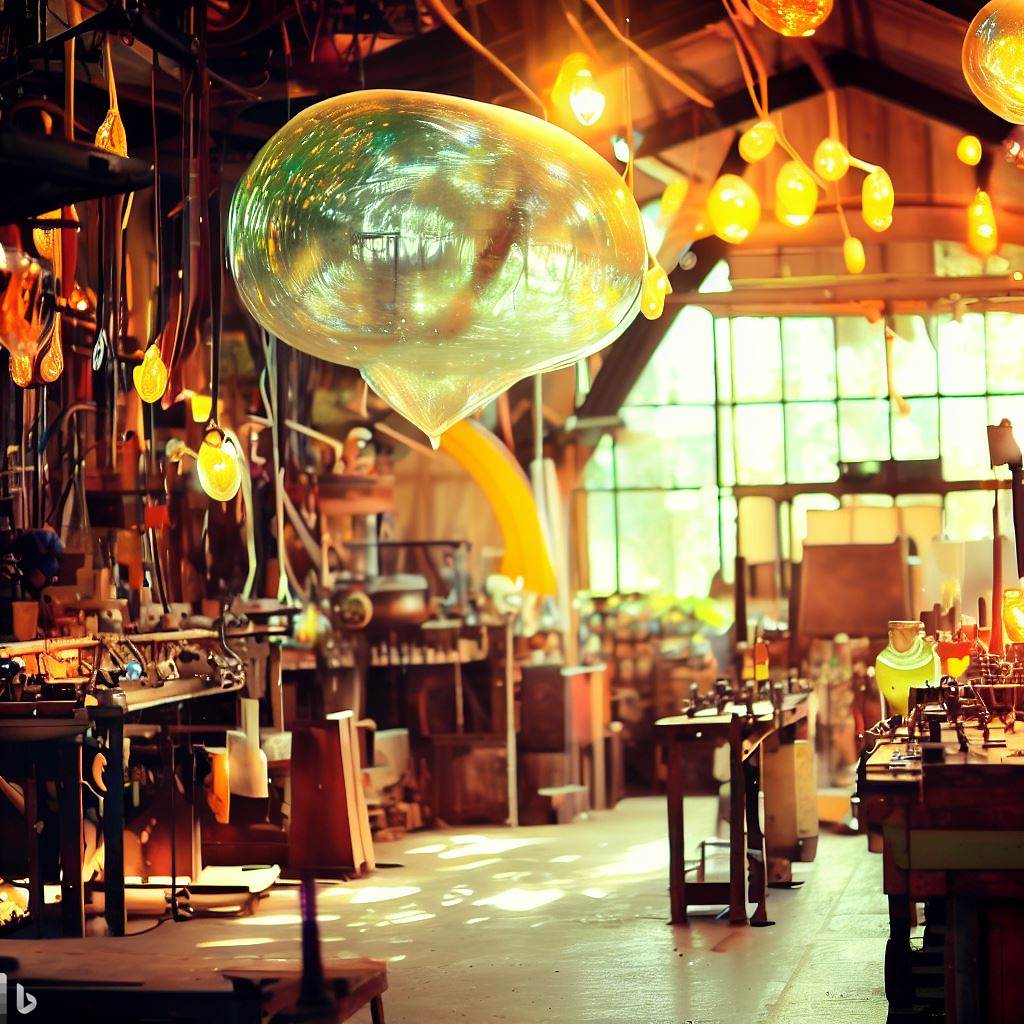Exploring the Captivating World of Glass Art
For centuries, artists have tapped into the creative potential of glass to produce incredible decorative, functional, and sculptural works. The development of glassblowing unlocked new opportunities for artistry and innovation with the material. Examining the roots, techniques, and diverse forms of glass art provides deeper insight into this mesmerizing medium.
Ancient Origins
Glass itself originates from ancient Mesopotamia and Egypt over 5,000 years ago. Early glassmaking largely focused on decorative beads, small vessels, and mosaics using core techniques like cored-forming and casting. Glassblowing emerged around 1st century BCE in Syrian workshops which invented the blowpipe, allowing craftsmen to shape glass through inflation.
Through trade and conquest, glassblowing spread across the Mediterranean, evolving with each culture. By medieval times, stained glass windows became a ubiquitous architectural art form in Europe while Venetian nobility coveted ornate drinking glasses. Despite disruption from industrialization, traditional glassmaking persevered, laying foundations for contemporary art.
Fundamentals of Glassblowing
While methods vary globally, glassblowing universally relies on inflating heated glass into shapes using tools and centrifugal force. Glass is melted in furnaces at extremely high temperatures, then gathered onto steel blowpipes. The artist blows steadily through the pipe to form an air pocket within the glass. Gravity and tools like wooden blocks shape the glass into sculptures or vessels.
Color can be added through molten glass fragments and powder. Once formed, glass slowly cools in ovens to anneal internal stresses. Generations of masters have refined these fundamentals to execute their creative visions.
Masters of Traditional Techniques
Through centuries of tradition, some family workshops preserve glassblowing heritage. On Murano island in Venice, generations have passed down techniques for elaborate filigree and millefiori glass. Czech and Swedish masters teach the nuances of crystal engraving and graal overlay patterns. Mantiques de verre glassmakers in France keep the bubble-trapped lattimo style alive.
These preservationists share knowledge with apprentices who will continue age-old techniques into the future. Their masterworks keep alive irreplaceable history through an unbroken chain of transmission.
Pioneers of the Studio Glass Movement
In the 1960s, artist Harvey Littleton spearheaded the American studio glass movement by proving glassblowing was possible using small-scale affordable furnaces. This enabled artists to experiment independently, radically expanding glass’s scope as an artistic medium. Notable early pioneers include Dale Chihuly, Dante Marioni, and Toots Zinsky.
Whereas most glass was previously industrial production, the studio movement put creative freedom and originality at the forefront. Contemporary masters continue pushing their art ever further.
Sculpting with Glass
Beyond vessels, modern artists utilize glassblowing to sculpt imaginative forms. Large-scale installations suspend crystalline shards through vast spaces. Kinetic works incorporare motors and lights for dazzling animated displays. Some complementary pairings include metalwork armatures, photography, basalt stone, and natural elements like tree branches fused within the glass.
Architectural commissions allow glass sculptors to engage with public spaces through exterior windows or chandeliers. Their creativity brings glass art directly into people’s environments.
Flameworking and Lampworking
Complementing traditional blowing, flameworking uses torches and smaller rods of glass to create more intimate artwork and beads. While cool, glass rods get heated and melded using gravity and hand tools. The versatile technique allows jewelers, sculptors, and hobbyists to work with glass.
Closely related lampworking encases blown glass forms like ornaments and vessels with layered torchworked patterns. Whether used alone or in conjunction with other techniques, flameworking makes glass art accessible on a smaller scale.
The Universal Allure of Glass
From intricately cut crystal goblets to space-filling modernist sculptures, glass as an artistic medium seems infinitely expressive. Its optical properties mesmerize the eye while its fluidity empowers any shape imaginable. For creative minds drawn to its potential, mastery of these techniques promises a lifetime of discovery through light and form. The possibilities sustaining fascination with glass across millennia remain inexhaustible.
